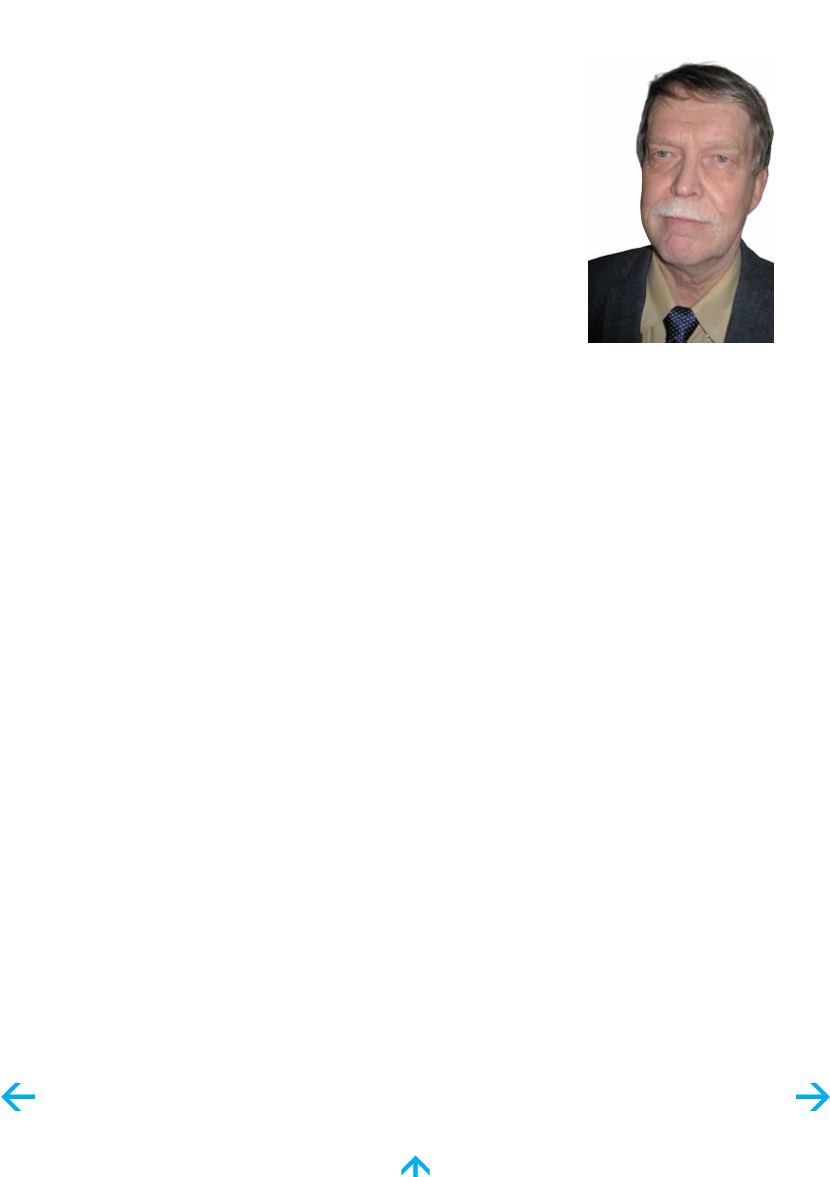

MEETING CHALLENGE – THE WAY AHEAD
for electronic device interconnections, laser metal deposition on
orthopaedic joint implants and implant coatings to facilitate bonding
to the bone.
30
This is an area where medical welding science is moving
rapidly and new welding and joining techniques and processes
are being developed almost on a monthly basis to provide greater
assurance in the use of medical devices and implants.
Additive manufacturing is a recent process using 3-D
data to build up a component in layers by depositing material,
instead of manufacturing a component from solid material
by machining or other methods. This process captured
the imagination of attendees at a joint seminar involving
Commissions I, IV, XII and SG-212 in July 2016. Personnel
from many welding and research organisations met to discuss
the inherent cost savings in producing difficult-to-manufacture components in areas where
conventional manufacturing had reached its limitations. It has particular application for
e-manufacturing in the series production of miniaturised parts, including those for medical
devices, and a wider application in the aerospace industry. This process serves as a perfect
example of the need for IIW to be engaged in the emergence of innovative processes which
inevitably will involve the welding industry to a much greater extent over the next decade.
The emphasis on the importance of additive manufacturing in recent
years has resulted in Commission I, now renamed,
Additive Manufacturing,
Surfacing and Thermal Cutting
(C-I), taking on the overall responsibility for
this activity under the chairmanship of Prof. Veli Kujanpää (Finland). C-I
has the specific aim of a better scientific understanding of these processes
and their practical application through close cooperation with other Working
Units such as Commissions IV, XII and SG-212.
31
The growing synergy between Working Units on the importance of additive
manufacturing culminated in a special workshop at the 68th Annual Assembly in Helsinki
in 2015. The workshop reflected the rapidly expanding global move to this technology and
explored the latest developments in modelling and optimisation of dimensional accuracy as
well as material innovations and their applications in industry. Organised by the fourWorking
Units mentioned previously, the workshop attracted 149 people from 31 different countries.
In view of the continuing interest in additive manufacturing, the first ever IIW International
Congress on Welding, Additive Manufacturing and Associated Non-Destructive Testing
(ICWAM 17) has been organised by the Institut de Soudure in Metz in May 2017 in order
to promote an active dialogue between academic researchers and industry, thereby ensuring
and maintaining IIW’s interests in the furtherance of new techniques and processes.
32
Without losing sight of the substantial changes that lie ahead, the period from 1990
to 2015 has encompassed some of the greatest technological advances and challenges
Veli Kujanpää


















